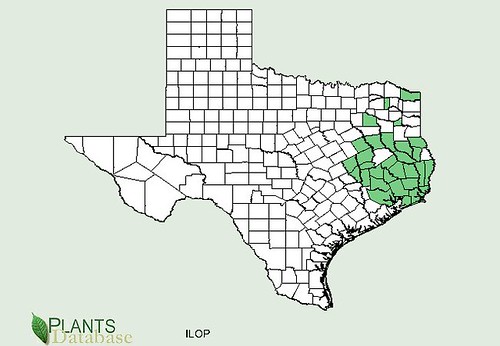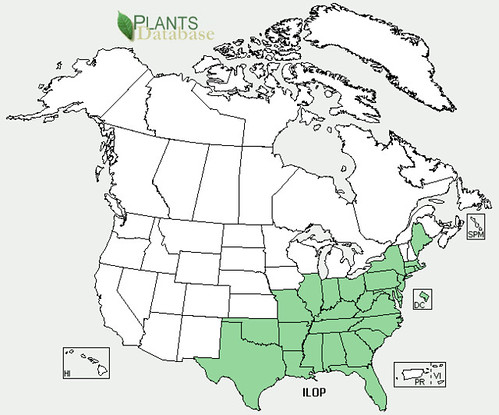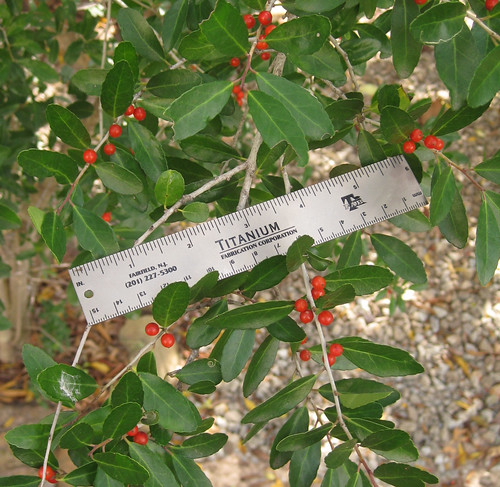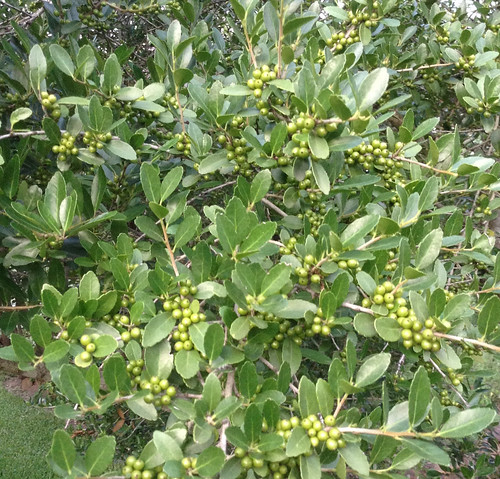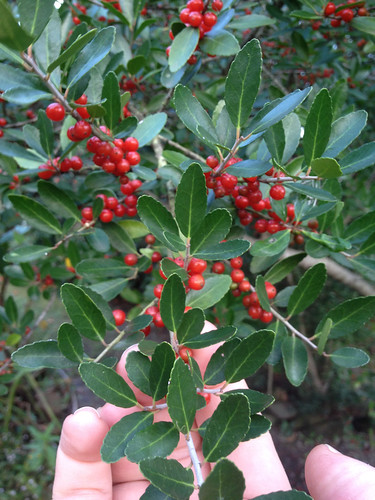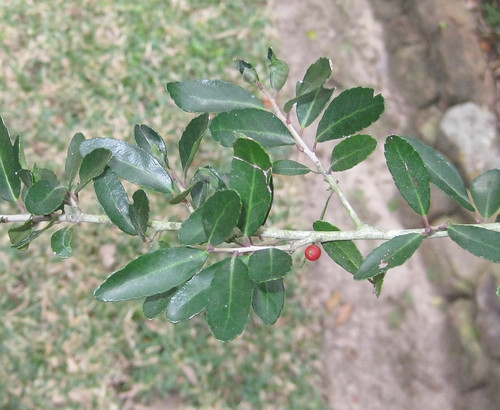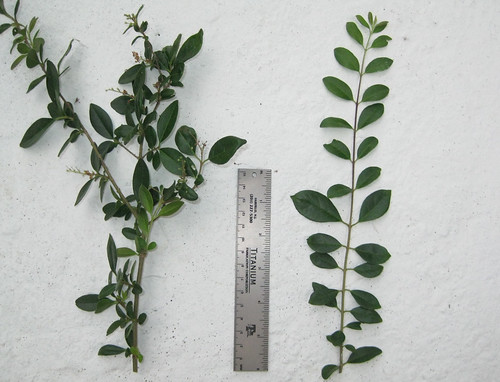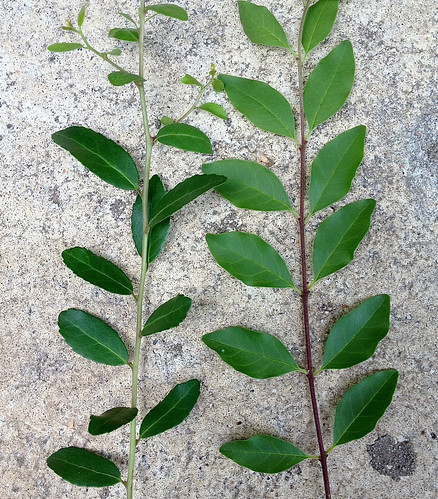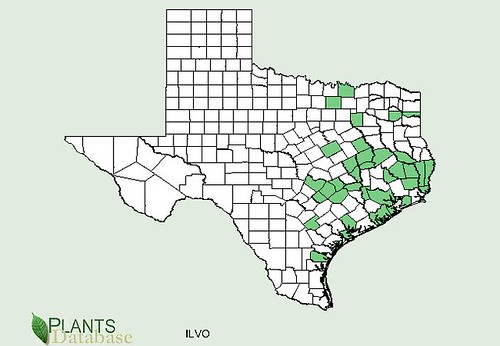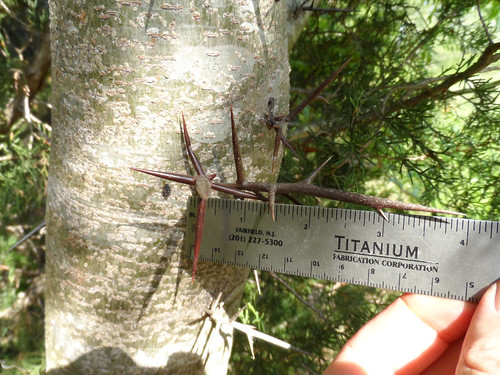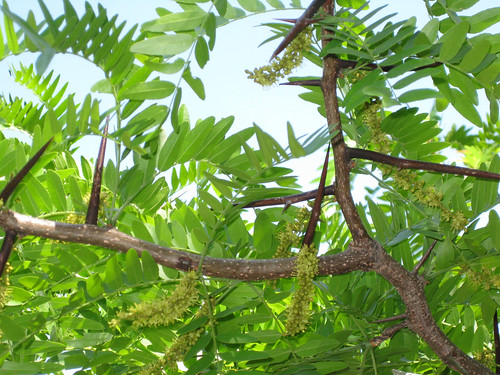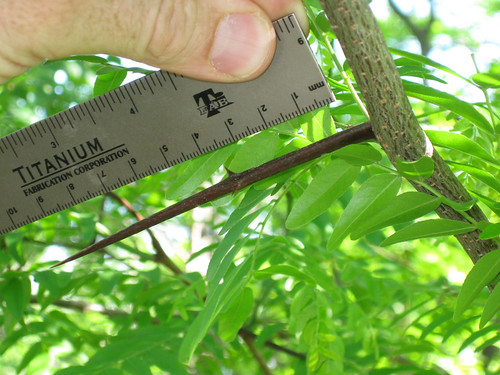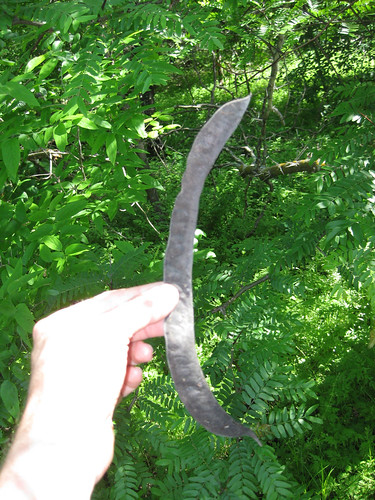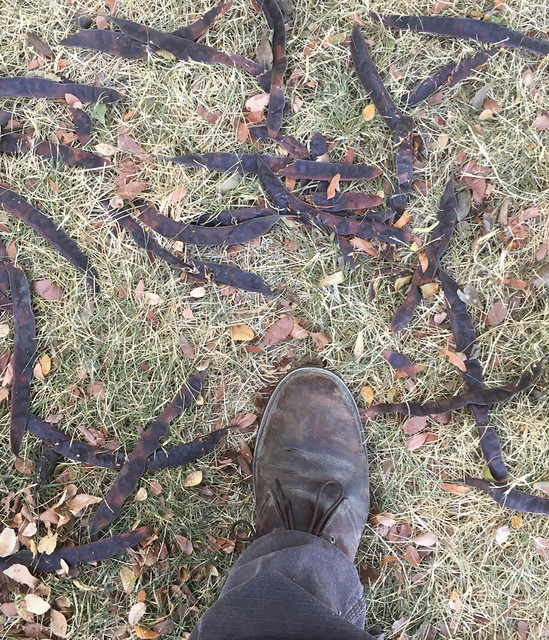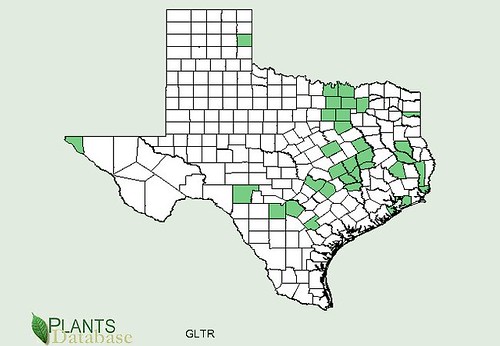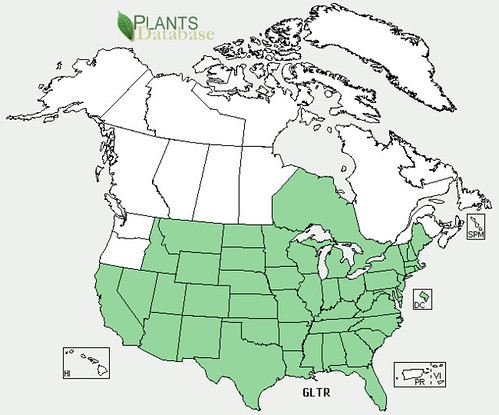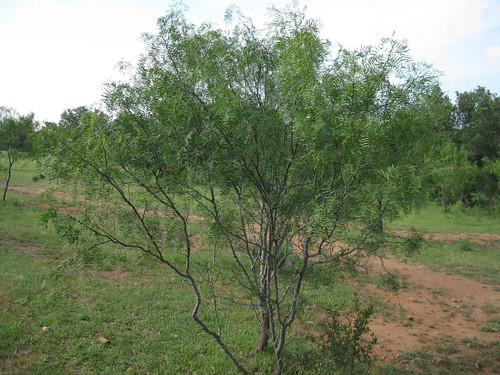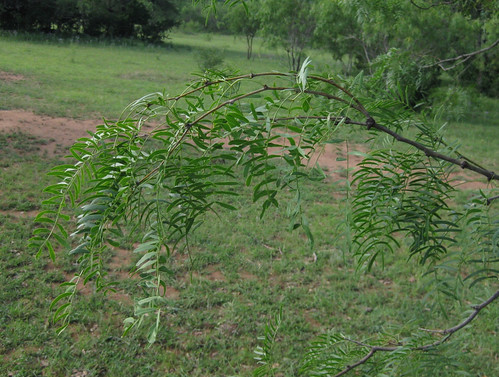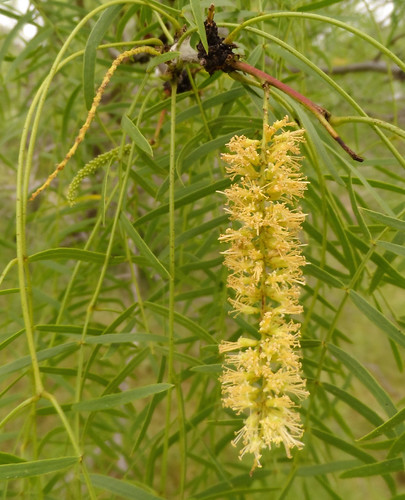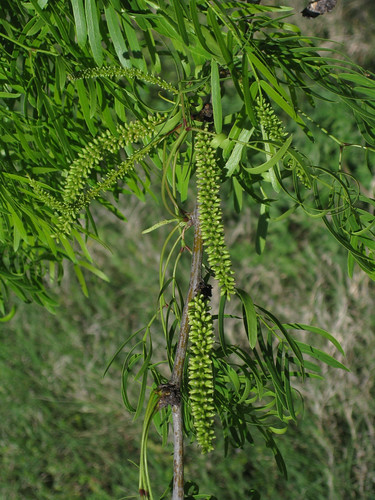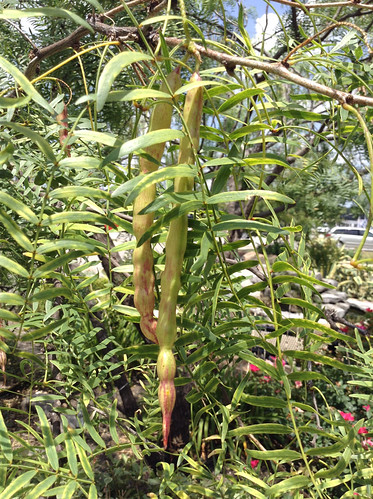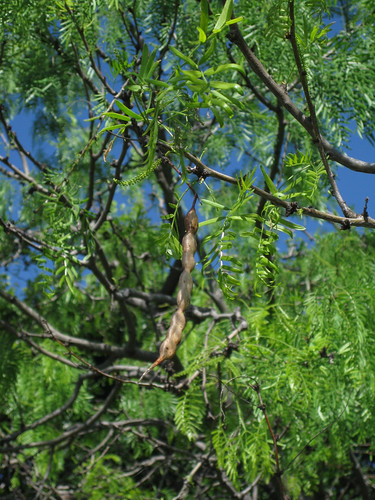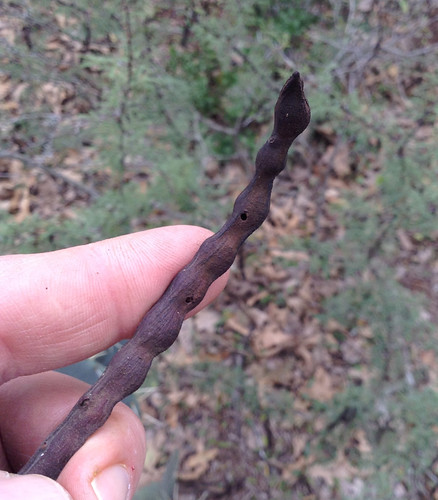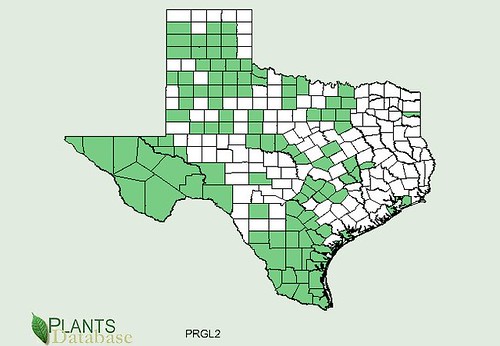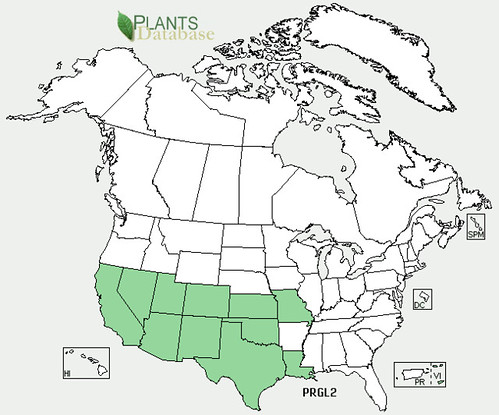Abundance: uncommon
What: nuts
How: raw, roasted
Where: Woods, Landscaping
When: fall
Nutritional Value: Vitamin A,E,K,B6; fats, minerals
Other uses: Wood is great for tool handles
Hickory nuts.
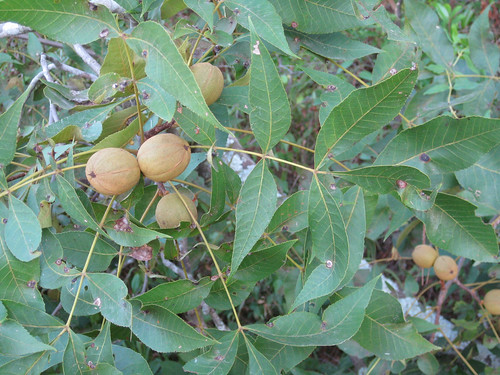
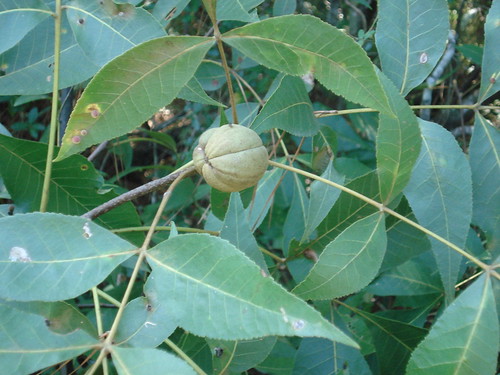
Shagbark hickory (Carya ovata) tree.
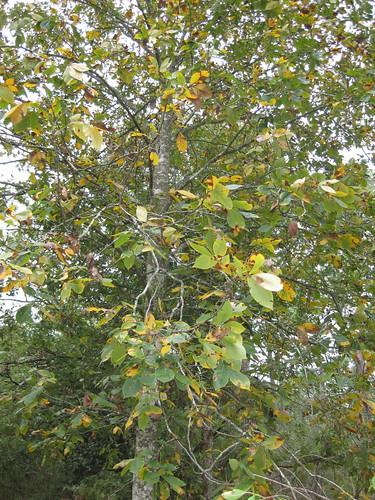
Shagbark hickory (Carya ovata) tree bark.

Top of Shagbark Hickory leaf.

Bottom of Shagbark Hickory leaf.

Flowers of Shagbark Hickory (taken March in Houston, TX).

Water hickory (Carya aquatica) nuts are too bitter to eat.
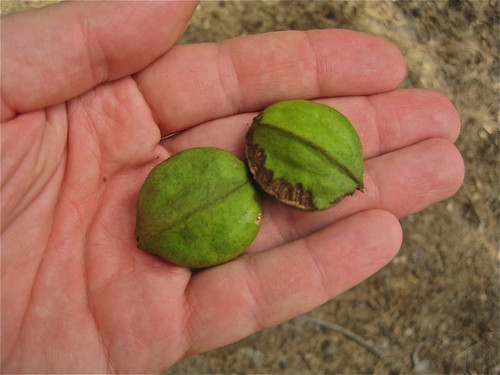
Water hickory bark (inedible hickory).
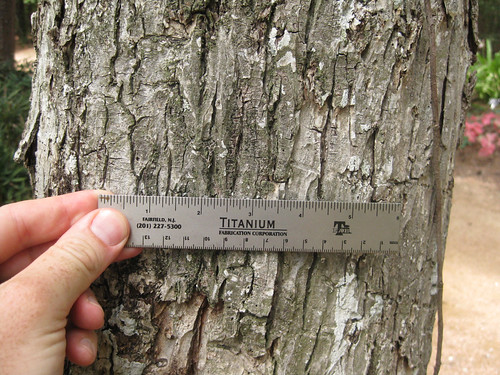
Hickory leaves. Note the compound leaf has nine or less (but always and odd number) leaflets while a pecan leaf will have 11-17 leaflets.
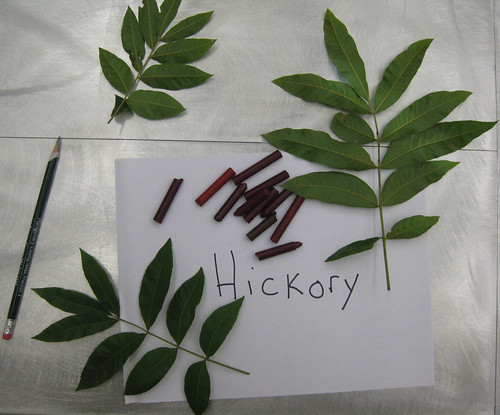
Texas distribution, attributed to U. S. Department of Agriculture. The marked counties are guidelines only. Plants may appear in other counties, especially if used in landscaping.

North American distribution, attributed to U. S. Department of Agriculture.
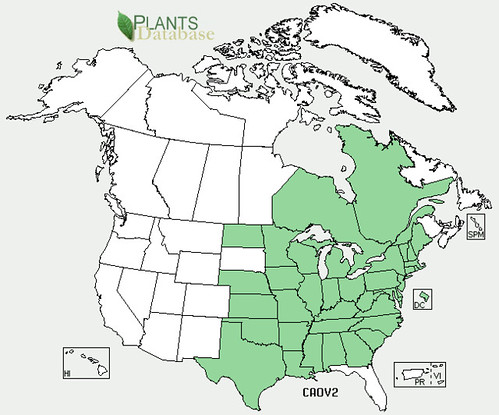
Related to pecans and walnuts, Shagbark Hickory trees aren't nearly as common but when found the nuts are quite tasty. Only the Shagbark species of hickories are edible whereas the Water Hickory (Carya aquatica), though more common, are too bitter to eat.
Buy my book! Outdoor Adventure Guides Foraging covers 70 of North America's tastiest and easy to find wild edibles shown with the same big pictures as here on the Foraging Texas website.








